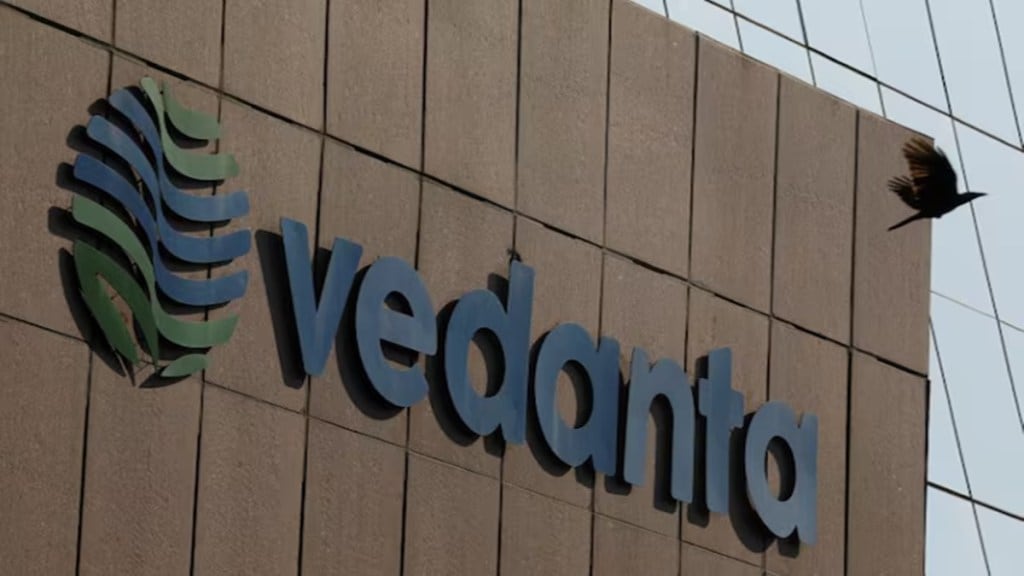A day before Vedanta’s annual general meeting (AGM), US short-seller Viceroy Research released an 87-page report claiming that Vedanta Ltd’s UK-based parent entity Vedanta Resources (VRL) is a “parasite” running a “ponzi scheme” that has “pushed the entire group to the brink of bankruptcy”.
The report dated July 9, described Vedanta as a “house of cards” built on unsustainable debt and “accounting fiction”. It said VRL survives by draining cash from its listed Indian subsidiary. Viceroy also said that it has done short on the parent’s company’s debt.
About two-and-a-half years ago, another US-based short-seller Hindenburg Research had raised a similar storm by making scathing allegations against the Adani group. Hindenburg shut shop in January this year.
The Viceroy report comes at a time when Vedanta has declared plans to split into multiple separate listed entities. Group Chairman Anil Agarwal launched the plan in 2023 to overhaul the business following an unsuccessful attempt to take Vedanta private in 2020. VRL said in June 2024 that it will seek to cut its debt pile by $3 billion in the following three years.
Viceroy, however, has alleged that VRL forces the operating company to declare large dividends, not backed by free cash flow but funded through fresh borrowings. The report observes that over the past three years, Vedanta has reportedly paid $8 billion in dividends while generating only $2.4 billion in free cash flow.
Vedanta’s dividend policy serves its parent’s financing needs, not its own cash flow, Viceroy said, adding that billions in disputed expenses are hidden off its balance sheet.
The report further accuses the group of inflating profits by capitalising operational expenses, overstating the value of non-performing assets, and keeping billions in liabilities off its balance sheet. These practices, Viceroy says, not only mislead investors but also risk long-term damage to creditors and minority shareholders.
Vedanta Group has rejected the claims of Viceroy Research’s report in totality.“The report is a malicious combination of selective misinformation and baseless allegations to discredit the Group. It has been issued without making any attempt to contact us with the sole objective of creating false propaganda. It only contains compilation of various information – which is already in the public domain, but the authors have tried to sensationalise the context to profiteer from market reaction,” the firm said in a statement. “Our stakeholders are discerning enough to understand such tactics.”
Vedanta also said, “To avoid any responsibility – the authors of the report have added various disclaimers that the Report has been prepared for educational purposes only and expresses their opinions and are not statements of fact.We remain focused on the business and growth, and request everyone to avoid speculation and unsubstantiated allegations.”
The share price of Vedanta dipped 3.38% on Wednesday and that of Hindustan Zinc fell 2.56% to finish the day’s trading at Rs 440.8 and Rs 425.05 respectively. Vedanta hit an intra-day low of Rs 421 per share, while Hindustan Zinc hit an intra-day low of Rs 415.3 per share.
Among the financial red flags raised, Viceroy pointed to inconsistencies in reported interest costs. While VRL disclosed a debt load of around $4.9 billion in FY25, it reported interest payments of $835 million – an implied interest rate of 15.8%%. This figure is significantly higher than the 9–11% rates on its publicly disclosed loans, leading Viceroy to suggest the existence of undisclosed debt, short-term borrowing at high costs, or misreported loan terms.
Similar gaps were observed at Vedanta, where actual interest costs were around $368 million higher than what would be expected based on its average reported borrowing rate of 9.08%. According to the report, such a mismatch raises questions about the accuracy of Vedanta’s financial reporting and suggests the company may be under more cash flow pressure than it appears.
Another area of concern is the brand and strategic services (BSS) fees collected by the parent company. Between FY22 and FY25, VRL reportedly collected over $1.1 billion in such fees from Vedanta and its subsidiaries – including some that do not even use the Vedanta brand. These charges, the report claims, are structured to avoid dividend leakage and help finance offshore debt, raising concerns of minority shareholder abuse and transfer pricing violations.
Further, the report also points a finger at the state of Vedanta’s physical assets, both in India and abroad. Several plants – including the Skorpion mine in Namibia, the Talwandi Sabo power plant in Punjab, and Konkola Copper Mines in Zambia – are described as non-operational, loss-making, or burdened with hidden liabilities and contractual disputes in the report.
Even the crown jewel in Vedanta’s portfolio Hindustan Zinc Ltd (HZL) – its most profitable subsidiary – is flagged for ‘event of default’ as under the shareholder agreement with the government of India, it failed to build a contractually-mandated smelter.
It could have serious implications – one, either the government can buy out the entire 64.92% at 50% discount to market value or VEDL has to buy the government’s 29.54% stake at 50% premium. The latter could lead to a $10.66 billion outflow risk.
In addition, it has been alleged that over $180 million was extracted from HZL in brand fees over three years without the approval of government-nominated directors. It also warns of an undisclosed risk tied to a contract breach, that is, that could force Vedanta to buy the government’s 29.5% stake in HZL at a 50% premium—or sell its own holding at a deep discount.
The report names Bharat Aluminium Company (BALCO) as a rare exception, attributing its more disciplined financial practices to the presence of government officials on its board. BALCO has not paid dividends in recent years, choosing instead to reinvest profits and avoid related-party dealings.

